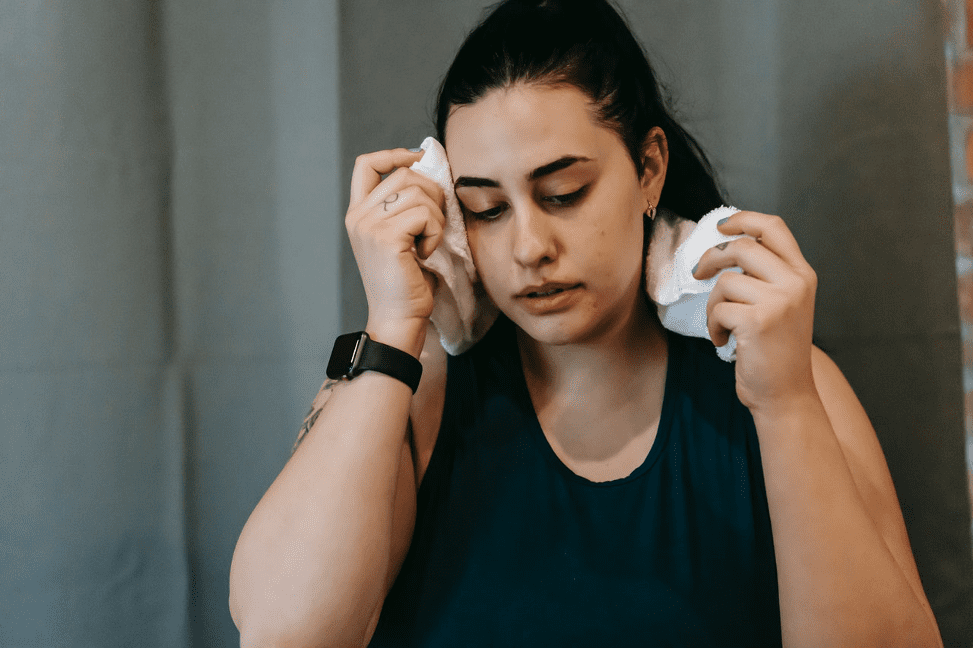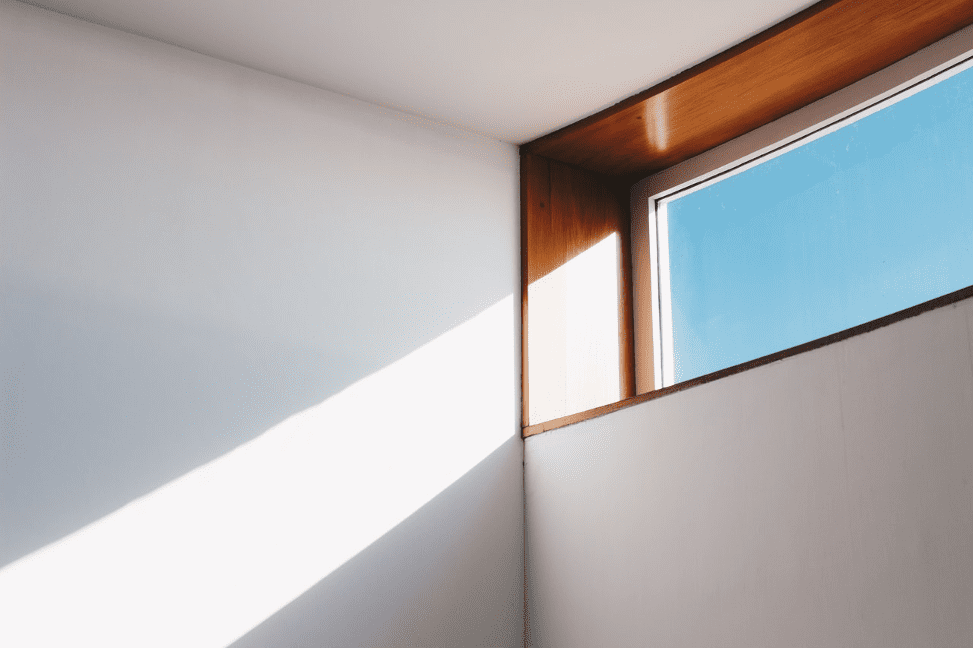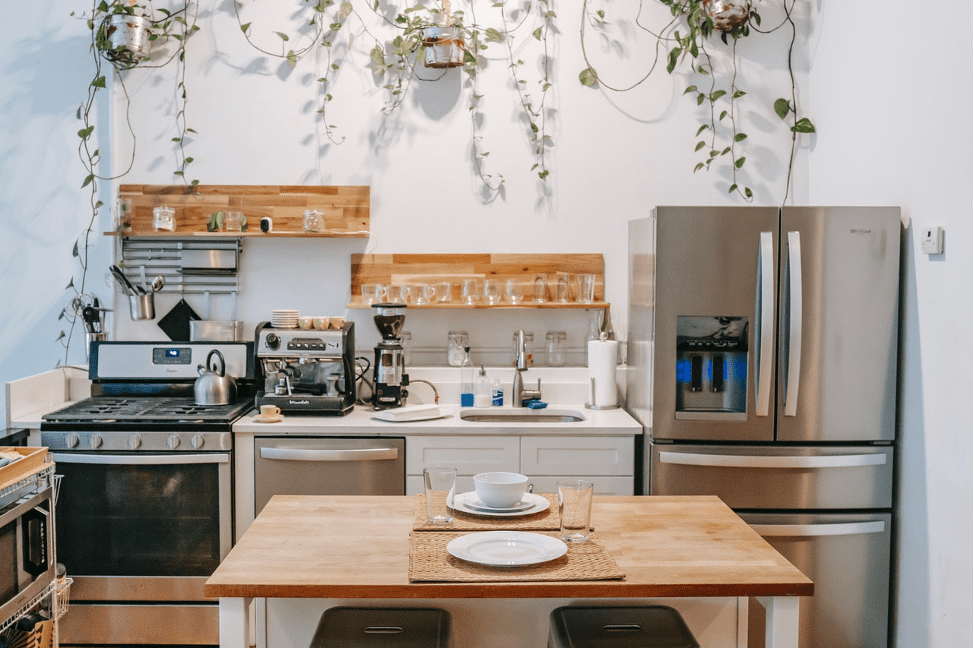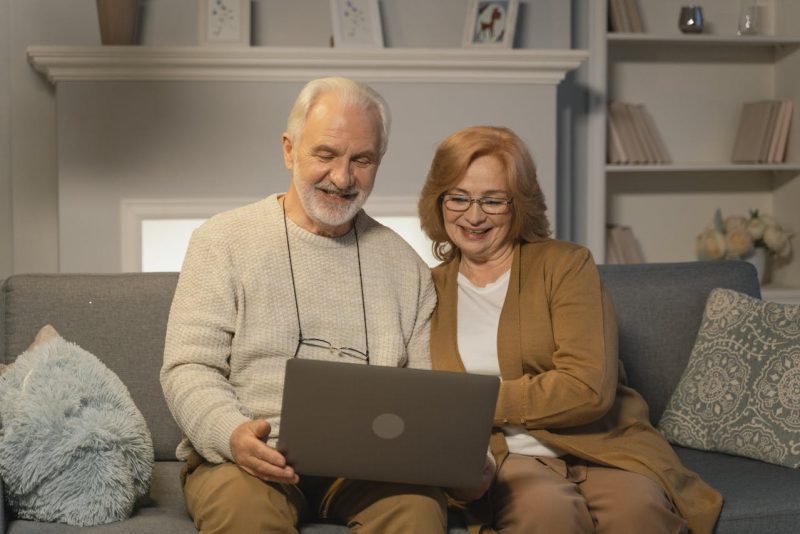No one should have to deal with extreme temperatures inside their homes – but this year, there might be no escaping it. With 30% of people working from home in 2021 and indoor temperatures becoming too hot to bear this summer, the need for a solution – one that doesn’t affect both your electricity bill and the environment – is undeniable. After all, if you’re too busy worrying about the heat, productivity and health are bound to go down the drain, according to a recent climate report released by the UK government.

Pexels | Indoor temperatures can be too extreme to bear sometimes
In Come the Heroes
Considering the drastic toll air-conditioning and heating takes on the environment, The Passivhaus Trust released a sustainable solution for which they were granted the Stirling Prize for Architecture in 2019 after their work in Norwich’s Goldsmith Street. Here, the Trust has laid roots for a housing scheme that follows what they call the “Passivhaus principles”. Instead of using traditional air-conditioning, these housings are designed to cope with the heat by natural and sustainable means.
Here are some of the key details they follow to promote coolness indoors:
1. Cool Shade
First of all, the Trust focuses on good insulation, which keeps houses cool in the summer and warm in the winter. Secondly, what makes the indoors hot are windows which let in tons of sunlight. Replacing the windows of your house with low g-value windows is bound to keep the sun's heat outdoors. Outside shutters are also stated to be great features to keep houses cool in the summer while also allowing for sufficient light during the winter.

Pexels | Make your life easier – get yourself windows that don’t allow heat indoors
2. Summer Breeze
Windows aren’t only essential for light but also for ventilation. Experts tend to highlight the importance of having windows on opposite walls, through which cross-breezes act as the perfect means to cool the indoors. Unfortunately, most flats in the city have only one window that brings the heat in and doesn't allow it to flow out. Additionally, with populated neighborhoods being so noisy during the day, workers have no choice but to keep their windows shut to keep the noise out and avoid getting distracted.
3. Check Your Electronics
Heat doesn’t always flow indoors from the outside, it is also produced inside your home. Large electronics such as your refrigerator expel heat from the inside to the outside, causing your home to be warmer. Other than that, insulating pipes within your home can also be the culprit causing excessive heat. Try to get rid of them to promote coolness indoors.

Pexels | The larger the fridge, the more the heat it expels
Conclusion
Nothing is worse than feeling uncomfortable within your own home. With climate change making survival without air-conditioning and heating impossible, it is more important ever to look for sustainable solutions to the climate problem. The government is already playing its part by having 300,000 units of such houses being built every year – what are you doing?


